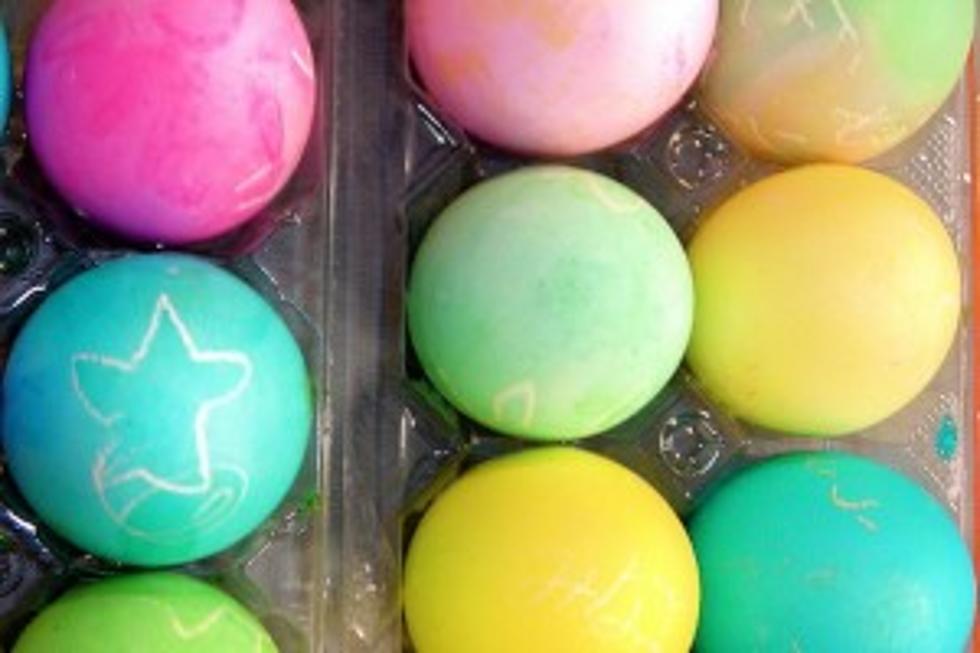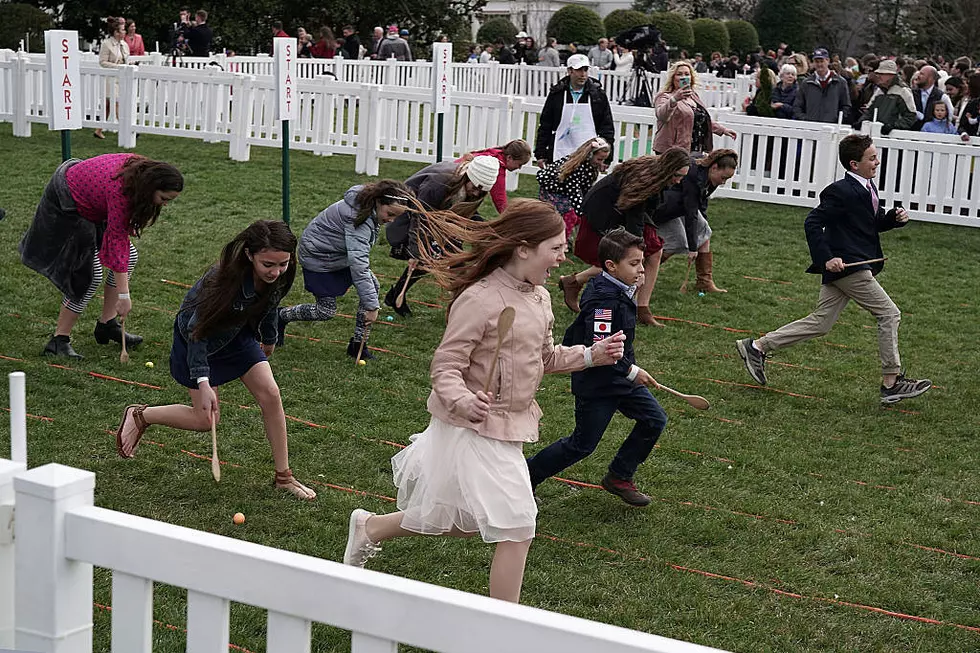
5 Things You Probably Didn’t Know About Easter
We imagine that at this point in the spring season, you've stocked up on loads of chocolate (or are anticipating a victorious post-Easter candy sale), faux grass and enough hardboiled eggs to live off of for the next six months. You've probably even posed with the Easter bunny, or at least passed one or two in the mall. But do you know why Easter is affiliated with such unique traditions?
The Easter bunny has been around for long, long time.
Every year children are given Easter baskets that are said to come from the Easter bunny itself. The tradition stems from ancient Rome, Greece and Egypt and even earlier, from the Pagan celebration of "Eastre." The rabbit, or "Easter hare" was considered a sign of fertility, a promising symbol of spring.
Easter baskets have been around a while, too.
Giving goodies on Easter morning isn’t a recent tradition. Nope, they’ve been around since ancient Pagans celebrated the day. Originally, Easter baskets were made to look like birds' nests, a tradition repeated by the German and Dutch using modified bonnets.
The actual Easter Sunday holiday changes every year.
Like Thanksgiving, Easter doesn't have a set date. Instead, it falls on the first Sunday after the first full moon after the Spring Equinox (the Paschal Full Moon). It lands as early as March 22 and as late as April 25. This year, it falls on April 24, 2011.
The name "Easter" comes from the goddess "Eostre."
Eostre was an ancient Anglo-Saxan goddess who symbolized fertility. Eostre's name derived from the Old English term "Eastre," which means "spring."
The egg has meaning, too.
Decorating eggs isn't an arbitrary craft. Drawing, painting and decorating them is an ancient tradition. That's because eggs are considered a symbol of rebirth.
[Photo by Flickr user jmurawski]
- Contributed by Wendy Gould
More From WFNT





![Easy Easter Dessert Recipes [VIDEOS]](http://townsquare.media/site/47/files/2011/04/Screen-shot-2011-04-19-at-11.28.05-AM-300x200.png?w=980&q=75)

![Cute Kids Getting Scared of the Easter Bunny [VIDEOS]](http://townsquare.media/site/47/files/2011/04/Cute-Kids-Getting-Scared-of-the-Easter-Bunny-image.jpg1.png?w=980&q=75)
